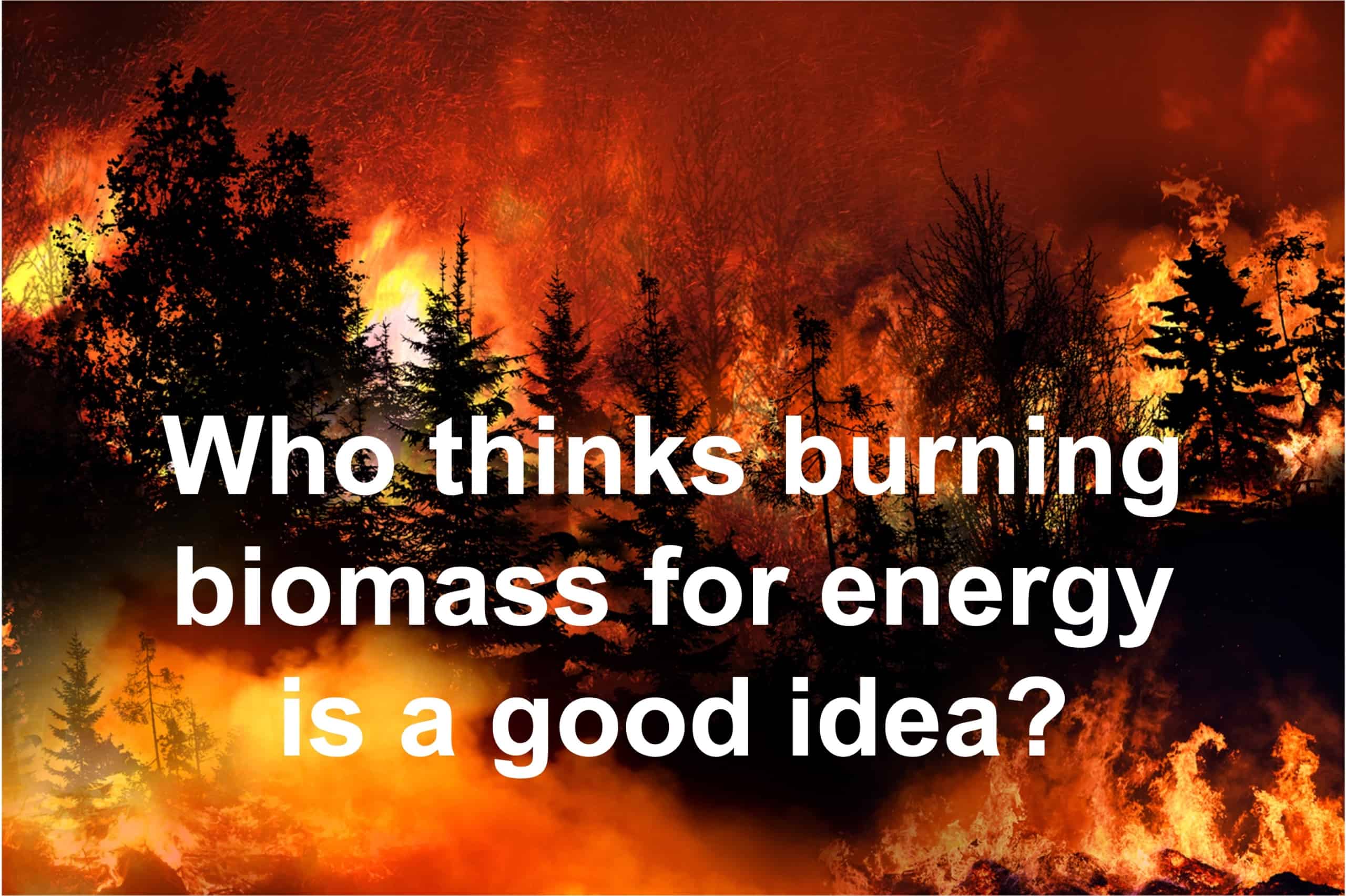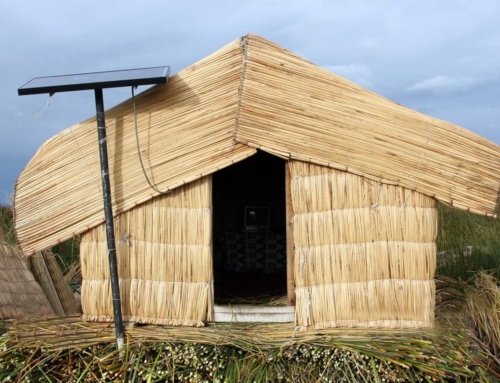Almost every climate message can be made better. While we are admonished to not make perfect the enemy of good, climate messages are often lacking and ineffective despite our best intentions. We can and must do better if we want to save ourselves and preserve a habitable earth for all life.
As climate activists, volunteers, and messengers, we are faced with playing Whack-a-mole with every new campaign that fossil fuel think tanks create. We are out-resourced, out-spent, and have very little time. We are conditioned to play a short game, so we react. We toss out what we hope will make people aware of the latest environmental travesty, usually a FAQ sheet, and then gin up our email lists and social media posts. We hope awareness will generate a good response and that will lead to action. But reacting is not a strategy. While it may be necessary, it’s a tactic, and not a very good one.
With a little strategic thought and creativity we can make every climate message better. Let’s look at an example.
The wood pellet industry in Georgia is proposing to build a plant in Adel, GA that would generate 1.3 million tons of wood pellets per year. Renewable Biomass Group wants to build another plant a few miles away that will process another 450,000 tons annually. This requires cutting down forests. I can’t imagine a ton of wood pellets, let alone a million.
You can do five minutes of research to find all the reasons burning wood pellets for energy is a just plain stupid. Burning wood creates twice the pollution of coal. Most wood pellets are sent to Europe in pollution belching ships to burn in old coal plants because wood pellets have been labeled a green fuel in Europe. The public is beginning to buy the frame that trees are renewable, so wood pellets must be good even though it may take 40 years to regrow cut trees. These are all just boring facts and reasons. Blah, blah, blah.
The communications regarding the plant by local groups are earnest. Stop the Wood Pellet Plant is one of their slogans. Or Protect Our Forests. Or a plea for focus on climate justice.
Strategically two things need to be accomplished. The first might be to stop cutting down our local Georgia forests and building plants to make wood pellets. The second is to stop this trend across America. Can we be successful if we stop the plants in Adel but not in Alabama, Mississippi, South Carolina, and so on? Strategic action requires us to do both. But not necessarily in this order.
Counterintuitively, we need to start by having most of our communications be about the wider issue. This requires coordination of messaging across groups. Our task is to change the overall perception of wood pellet biomass from good to bad.
Here’s where brain research and cognitive psychology help.
First, cognitive scientists understand that there is a difference between facts and reasons and simple clear messaging. Climate activists have a bias that facts and reasons can persuade people that our cause is just and the public should support it. Facts and reasons are necessary, but they don’t persuade. We also tend to look down on the idea that sometimes we have to sell an idea. The fossil fuel and biomass industry has no such compunction. They hire PR and lobbying firms that know how to do this. They even use our language against us, witness the name “Renewable” Biomass Group. But their messages are simple. Jobs, prosperity, progress. A brighter future.
We can’t persuade someone, we can only attract (or repel) them. This is what Madison Avenue has been doing for 70 years. Tesla’s aren’t driven because they are better for the environment, we drive them because they are cool. And if you drive one, you will be cool too. A side benefit is that they are better for the environment.
Second, a simple message that everyone can understand repeated more often has a bigger impact than multiple complex messages repeated less frequently. Think “Black Lives Matter.” Test and find a good message, then repeat it until you’re sick of it. Then repeat it again.
Third, framing helps. A frame is a neurolinguistic way of reinforcing circuits in the brain by associating them with metaphors we already recognize. They resonate with a set of values we may already possess. An example is clean renewable energy. This is a positive frame. The word clean creates a positive frame since it’s been driven for the last 50 years of consumer and beauty product advertisers. Renewable is also good. Renew means to make new again. New is good. So is the word energy. Consciously we aren’t thinking about this level of detail. We just know when we hear “clean renewable energy” that it sounds good. Almost 80% of Americans now support clean renewable energy.
In the case of biomass, we need to create a negative frame. Move perception from good to bad. There are several ways to do this.
- Simply add a negative adjective. For example, bad. Bad biomass or deadly biomass. Rhyming also helps here. Some may remember “Plop, plop, fizz, fizz, oh what a relief it is.” Rhyming helps stick the frame in the minds of whoever hears it. In the case of biomass, how about Half-ass biomass, or Toxic gas biomass? Repetition and alliteration also help. Bad, bad biomass.
- Connecting an undesirable metaphor to biomass. For example, “The only thing we need to do with biomass is flush it.”
- Using imagery works even better as the image for this post illustrates. Symbolism is important. Think about the symbolism of Smokey the Bear next to the image above.
- Creating a frame that requires the opposition to deny it. Toxic biomass, or Polluting biomass. Fossil fuel think tanks use this technique all the time and we fall for it over and over. They say, “Clean coal,” and we say “Coal is NOT clean.” The problem is that the brain can’t process the negative. So all we hear is coal and clean until half the population thinks there is something called “clean coal.” Denying a frame only entrenches it. Remember, we feed what we fight. So put them on the defensive, make them fight your frames.
- Appeal to the heart. We are ruled by our emotions. Imagine adding one thing to the image above. Imagine adding a small girl holding a teddy bear watching the conflagration. Appealing to the heart is a way of sharing our values. A small child evokes protection, empathy and compassion for the future world she faces.
When discussing your cause with more than a simple message, appeal to mutual values using a values sandwich. And when in doubt, never use a fact or a reason, or a slogan, when a story will do. Other’s would rather hear about your mother’s breathing problems with pollution from the pellet plant than try to understand the “carbon footprint,” or even the “impact on the forests.”
The wood pellet framing above is for example only, and I am using it to appeal to the left side of your brain that processes facts and reasons. I’ve spent about 1 minute thinking about the creative examples of the terms in biomass messaging. Good messaging is a process. These examples can be made better. That’s the point. How would you do that for your cause?
Let’s make our climate messages better. Let me know how I can help. Thanks for all you do.
‘We are all connected. Savor the Earth!’™
Hobie,
L. Hobart Stocking
SkyWaterEarth.com
hobart@skywaterearth.com
651-357-0110
Facebook: @SkyWaterEarthConnected
Twitter: @SkyWaterEarth








Leave A Comment